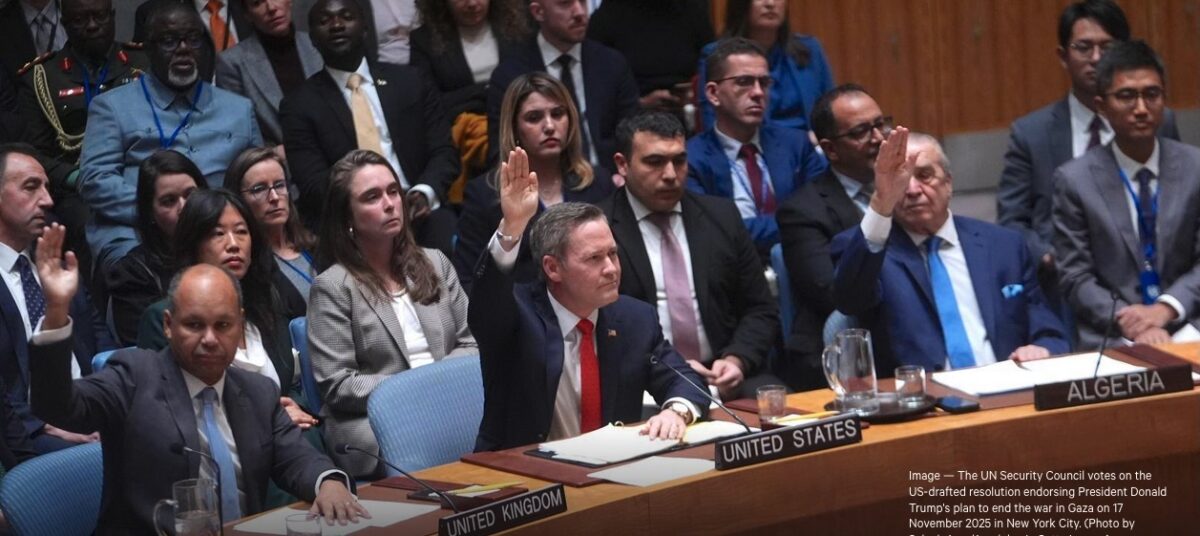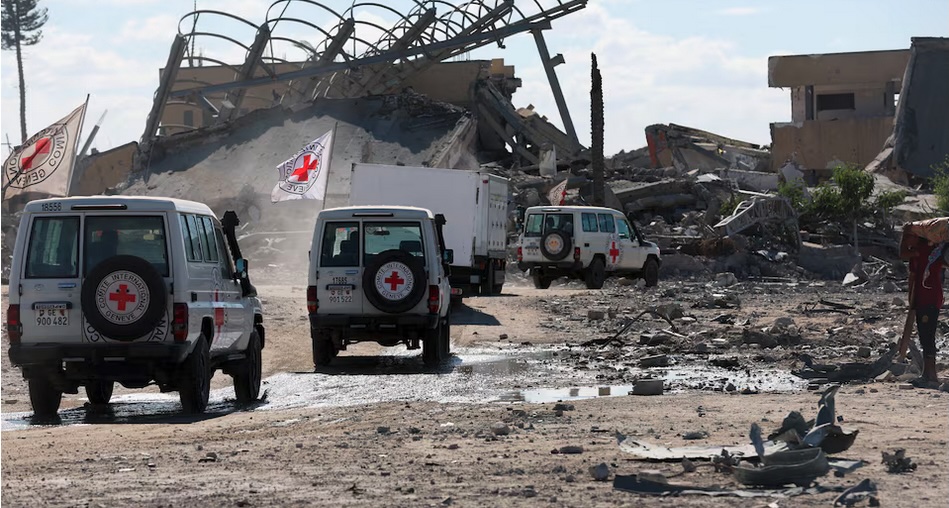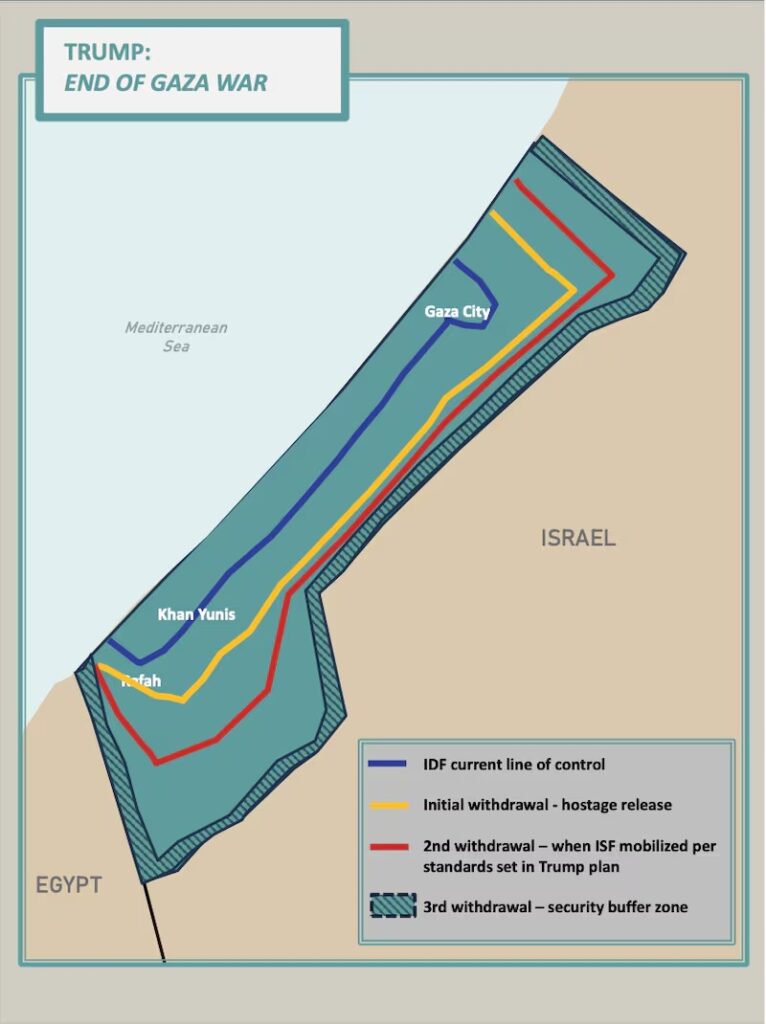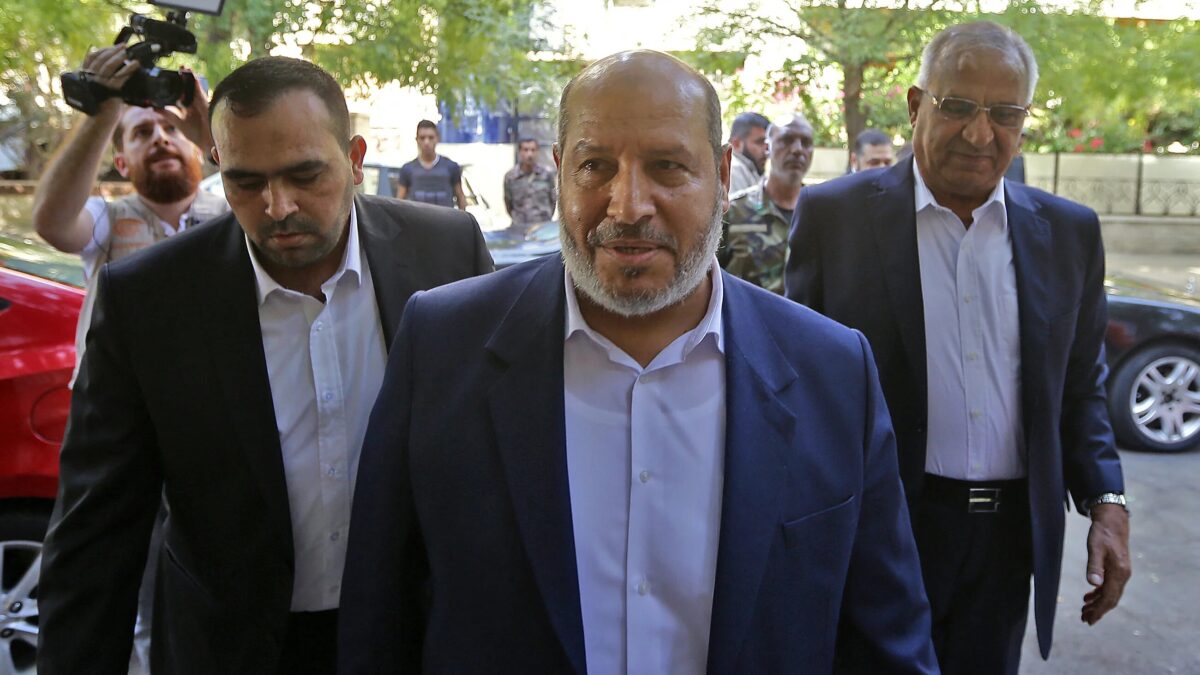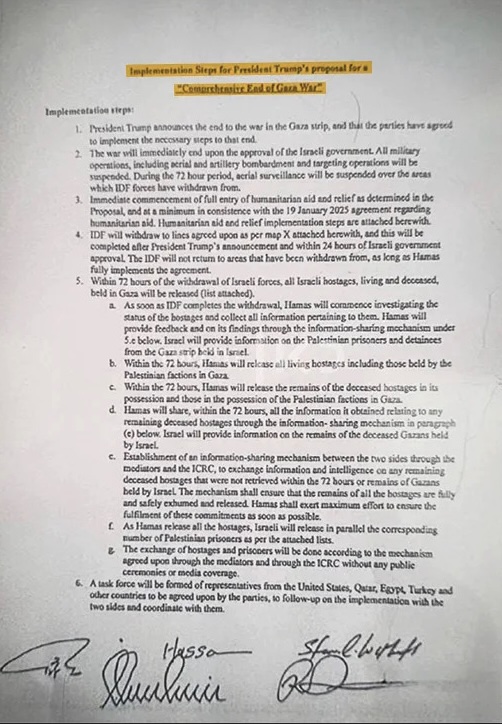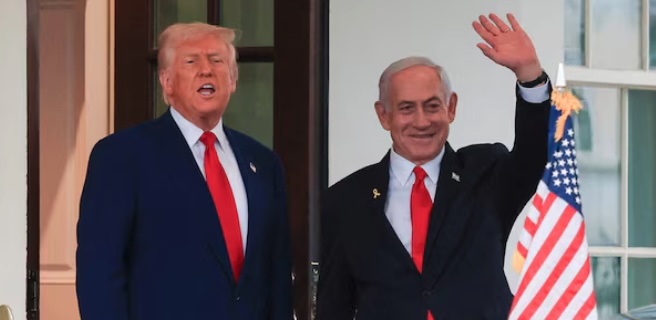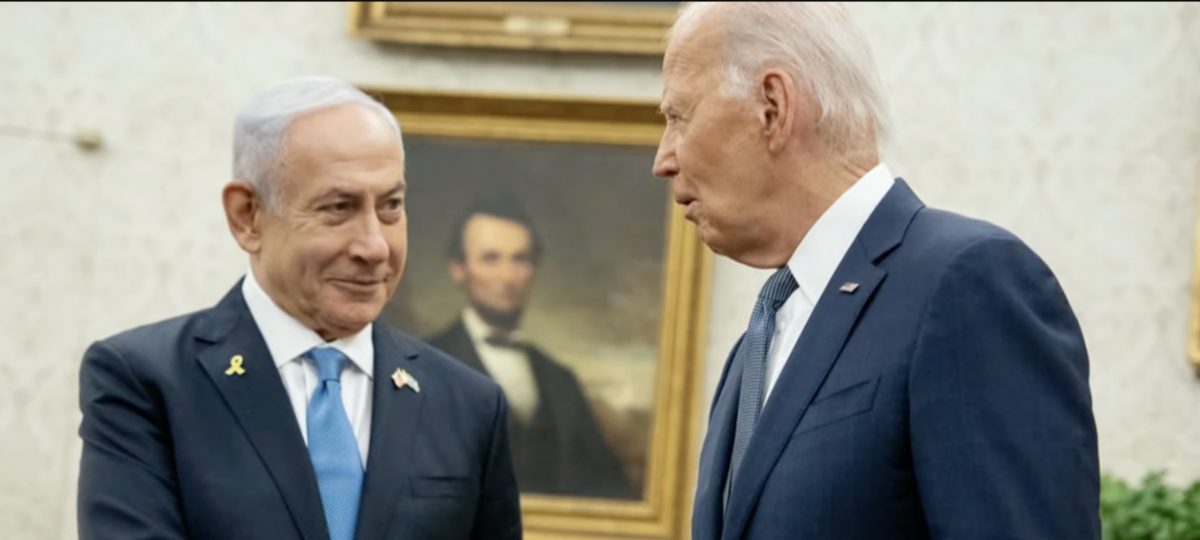As someone born in the early 1950s, I have never known a world without the United Nations. But by adopting Security Council Resolution 2803 (text) on November 17, the 15 states that sit on the UN’s most authoritative body, the Security Council, have now knowingly given a green light to the genocidal American-Israeli assault on Gaza, in clear violation of all the norms and values on which the UN was founded.
Thirteen of those states (including four Muslim-majority nations) voted for the U.S.-presented resolution. China and Russia, either of which could have blocked it by wielding a veto, chose not to do so. It seems that all those 15 states are prepared to rip up the entire international “system” of which the UN is the linchpin, and to let the world crumble into a stew of “might-makes-right” anarchy.
Craig Mokhiber, the 30-year veteran of the UN’s human-rights system who resigned his post in late October 2023 when he accused the UN of having failed to prevent Israel’s already-underway genocide in Gaza, published a powerful and well-documented piece on Resolution 2803 on Mondoweiss November 19. It clearly laid out the many ways in which Resolution 2803 violated longstanding UN norms, including those enshrined in its 1945 Charter.
In a discussion with Ali Abunimah on the EI Livestream yesterday, Mokhiber developed his critique even further. He noted that Resn. 2803 gives Pres. Trump the sole authority, via his position as head of the grotesquely mis-named “Board of Peace”, to do anything he wants regarding the administration of Gaza. Mokhiber’s comment: “It’s not even colonial, it’s King Leopold-esque.” (That recalled the fact that during the grossly genocidal period of “Belgian” rule over the Congo, 1885-1908, that whole vast territory was being administered as the personal property of Belgium’s King Leopold II.)
Continue reading “As the UN crumbles, what?”
